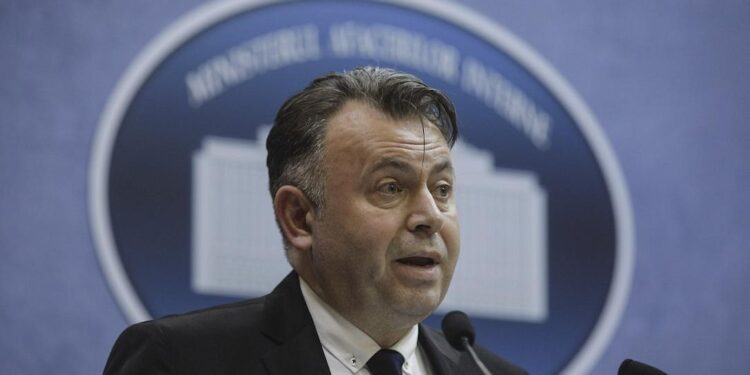Romania is making significant strides in healthcare infrastructure, with 15 hospitals currently under construction, funded through the European Union’s Recovery and Resilience Facility (RRF). The country’s Health Minister recently announced these developments, highlighting the government’s commitment to modernizing medical facilities and improving healthcare services nationwide. This investment marks a pivotal step in addressing longstanding challenges within Romania’s health system and aligns with broader EU efforts to bolster member states’ public health capacities.
Romanian Health Minister Announces Progress on Hospitals Funded by European Resilience Facility
Romania’s healthcare infrastructure is undergoing a significant transformation as the Ministry of Health reveals that construction is actively progressing on 15 new hospitals across the country, all financed through the European Resilience Facility. These facilities are strategically located to improve regional access to essential medical services, with a focus on modern equipment and sustainable design. The Health Minister emphasized that this investment aligns with national priorities to enhance healthcare quality while responding to the increasing demand for state-of-the-art treatment centers.
The government outlined the key features of the hospital projects, highlighting:
- Advanced medical technologies incorporated into every facility
- Environmentally friendly construction methods
- Improved emergency and critical care units
- Integration with regional healthcare networks for better patient referrals
| Region | Hospital Type | Expected Completion |
|---|---|---|
| Transylvania | General | Q4 2025 |
| Muntenia | Emergency | Q2 2026 |
| Moldova | Specialized (Cardiology) | Q1 2026 |
| Dobrogea | General | Q3 2025 |
Detailed Overview of Infrastructure Advances in Romanian Healthcare Sector
The Romanian healthcare sector is witnessing significant infrastructural enhancements, with 15 hospitals currently under construction thanks to the financial support from the EU’s Resilience and Recovery Facility (RRF). This initiative aims to modernize the country’s medical facilities, ensuring improved healthcare delivery and increased patient capacity. The new hospitals are strategically located across various regions to address regional disparities and enhance access to specialized medical services. Equipped with state-of-the-art technology, these facilities are expected to boost emergency response capabilities and support advanced diagnostics and treatment methods.
Key features of the hospital projects include:
- Advanced medical equipment acquisition to support modern healthcare practices.
- Sustainable building design incorporating energy efficiency and environmental considerations.
- Expansion of outpatient and emergency departments to cater to rising patient demand.
- Integration of digital health systems for streamlined patient management and telemedicine solutions.
| Hospital Location | Expected Completion | Bed Capacity | |||||||||||||||||||||||||
|---|---|---|---|---|---|---|---|---|---|---|---|---|---|---|---|---|---|---|---|---|---|---|---|---|---|---|---|
| Cluj-Napoca | Q4 2025 | 350 | |||||||||||||||||||||||||
| Iași | Q2 2026 | 420 | |||||||||||||||||||||||||
| TimiČ™oara | Q1 2026 | The Romanian healthcare sector is witnessing significant infrastructural enhancements, with 15 hospitals currently under construction thanks to the financial support from the EU’s Resilience and Recovery Facility (RRF). This initiative aims to modernize the country’s medical facilities, ensuring improved healthcare delivery and increased patient capacity. The new hospitals are strategically located across various regions to address regional disparities and enhance access to specialized medical services. Equipped with state-of-the-art technology, these facilities are expected to boost emergency response capabilities and support advanced diagnostics and treatment methods. Key features of the hospital projects include:
|














![Leyla Aliyeva visits Azerbaijan National Carpet Museum [PHOTOS] – AzerNews](https://europ.info/wp-content/uploads/2025/12/3035623-leyla-aliyeva-visits-azerbaijan-national-carpet-museum-photos-azernews-120x86.jpg)

